Hasta Shilpa Heritage Village Designed With a Cultural Flair
I walked into the Miyar house on a sunny March afternoon in 2021 to find an unusual setting of architecture and heritage. This large, multi-room gallery, located on an offbeat circuit near Udupi, exhibits amplified remnants of historic architecture that transports you back in time. Hasta Shilpa, which translates to “handicraft,” is a 6-acre heritage village with traditional structures, antique chattels, artefacts, royal heirlooms, tools, potteries, shrines, and metal articles. This vast reserve recreates the charming lifestyles of various societies at various times.
Hasta Shilpa Heritage Village is so much more than a museum of ethnography! It’s a dramatic depiction of Udupi native Vijaynath Shenoy’s dream of bringing together vernacular heritage structures under one roof while also restoring them to their original state and preserving their aesthetic value to the best of his ability. Harish Pai, the Hasta Shilpa Heritage Village’s joint secretary, took me on a tour of some of the village’s 26 buildings and architectural marvels, telling me all about the exhibits.
The restored Deccani Nawabi Mahal, Kukanoor’s Kamal Mahal, Kunjur Chowkimane, Mangalore Christian House, and Mudhol Palace Darbar Hall were among the sights we saw. Harkur Olaginamane, Raja Ravi Varma Museum, and Hungaracutta Bansaale Mane are some of the other restored residences worth visiting. As you walk from one building to the next, observing detailed work and holding aloft legendary magic, sharpens Shenoy’s vision.

I learnt about the affluent lifestyle and the royalty of each meticulously planned structure. When you consider the amount of effort that went into creating this masterpiece, it’s straightforward to understand how it came to be. According to the story, Vijaynath Shenoy, a bank employee from Udupi, was greatly influenced by his hometown’s culture. Shenoy was concerned when modernisation swept through the neighbourhood, destroying rich heritage such as temples, royal residences, Wadas, and merchant homes.

Wadas are a type of Maratha residential architecture that developed under the patronage of the Peshwas. In 1997, Hasta Shilpa’s heritage village museum was born out of his deep concern for the loss of culture. Shenoy wanted people to be able to feel and breathe culture through architecture. Shenoy would then collect dismantled pieces of heritage structures and have them reassembled in Manipal whenever possible. Today, the estate is filled with a lingering silence due to the integration of architectural craft and traditions from a bygone era.

It took ten years of extraordinary craftsmanship and masonry to bring this revival project to fruition. Under Shenoy’s supervision, each house was meticulously designed, down to the last detail, including the type of music to be played. Traditional music with the enigmatic allure of ancient artefacts has an otherworldly feel to it. Now I see why Vijaynath Shenoy chose to live here for the rest of his life. Who wouldn’t want to do something like that?

Regardless, it’s impressive that what began as a personal quest has grown into a large village brimming with abandoned relics. Traditional music’s supremacy in Indian culture is frequently symbolically represented as soul food. Shenoy embodied the ancient courses of classical music that shape today’s pluralism by holding India’s cultural diversity in high regard. Another reason why everyone should make a point of paying a visit to this unique museum.
Shruti, Swara, Alankar, and other melodies devised from Ragas and rhythmic patterns of Tals define classical music played in Hasta Shilpa’s courtyard houses. Ancient Sanatana dharma traditions gave rise to Carnatic music in particular. Most Carnatic music compositions are either sung or played on instruments, with a strong emphasis on vocals. Carnatic music is performed by a small group of musicians, and some of the houses have designated spaces for musical instruments.
Violin, Mridangam, Chitraveena, Tambura, Tablas, Kanjira, Ghatam, Morsing, Venu flute, and Veena are among the musical instruments. I did not have the opportunity to visit all 26 houses because most were locked for maintenance and upkeep, but here is a list of a few I could visit!
Table of Contents
Deccani Nawab Mahal
The flamboyant Nawabi lifestyle of the Bidar Sultanate from the moorlands of Humnabad in late mediaeval Southern India is depicted in this visually pleasing single-story building from 1912. While the exteriors of this grand residence are distinguished by buck heads, colourful tiles, and furnishings, walking through the antiquated teak door will reveal a spacious hall traditionally enriched with grandiose settings.

A handcrafted music instrument holder, antique cabinets with jugs, and other furnishings such as a table, chairs, and a wooden cradle adorn the interiors. Near the entrance, an eclectic collection of antique Sitars, a type of plucked stringed instrument, can be found on the music instrument stand. From the moment I walked in until I left, I couldn’t stop myself from scrutinising every last detail that went into the creation of this vast space. There’s a lot to see in this opulent setting.
Deccani Nawab Mahal, with its arcuate roof cast in wood, trabeation supporting it, arches with voussoirs, and other complementing elements in the room, accurately reflects the era of the Deccan sultanates. This restructured Mahal is suffused-with countless noteworthy keepsakes, revealing centuries of culture, in between the squinches that enable large spaces. The roof and walls, on the other hand, are adorned with Austrian chandeliers and Belgium glass windows, while the flooring is made of German tiles.
Kamal Mahal of Kukanoor
This 13th-century architectural pageant from Kakanoor, Karnataka, was once the Vijayanagar Kingdom’s military governor’s private office. Prince Harihara and Bukka established a sovereign between the River Krishna and Tungabhadra at the same time that Muhammad Tughlaq was squandering his power in Deccan. The court (Darbar in Urdu) where Prince Harihara and Bukka hosted a ceremonial gathering is symbolised by Kamal Mahal. This one-of-a-kind 10-layered wooden structure was designed to have a large column-free central space and served as the army commander’s private chamber.
The Darbar Hall is adorned with Kalamkari textiles on the walls, and the King’s office on the inside features a teak Jhoola (swing) as its focal point, surrounded on all sides by a 3D labyrinth of carved pillars. Swords from the Vijayanagar Kingdom era are displayed on the mellow yellow walls of Kamal Mahal.
Kunjur Chowkimane
Visit Kunjur Chowkimane, a 201-year-old, double-storied house within the Hasta Shilpa Village, to learn about the lifestyle remnants of Malyali priests. Kunjur Chowkimane is an architectural representation of an ancient Kerala priest house in a nutshell. Kerala artisans assisted in the construction of this home, which was done under the supervision of the head priest of Trivandrum’s Shri Padmanabha temple. The rooms, kitchen, and granaries are all placed aesthetically and scientifically in this courtyard house, which explicitly replicates the Brahmin household in Kerala.
This ancestral house belonging to the Kunjur Family is built with minimal privacy, as evidenced by the numerous artefacts within the courtyard, in keeping with the cultural traditions of the era. A priest would construct his home in such a way that it allows for adequate communication among its occupants back then. Each of the articles in Kunjur Chowkimane is meticulously documented and numbered in order to portray an accurate picture of what it once was.
Harihara Mandir
Harihara Mandir is a 12th-century temple dedicated to Vishnu, Shiva, and Parvati that looks like a clay lamp from the start. Harihara Mandir, which was built in 1216, is home to a plethora of mysteries. This 800-year-old structure is very elaborate and surrealistic, with precisely structured arrangements. The interiors are also decorated with intricate woodwork depicting a king riding an elephant and other period-appropriate elements. Normally, the main temple door is kept locked.
Mangalorean Christian House
Mangalorean Christian House, in contrast to the other residences in the complex, exudes a very positive vibe. Mangalorean Christian House, with its elegant Verandah and a classic garage full of vintage cars, maybe a prototype of a traditional Christian missionary house from Chikmagalur, but it completes the experience with popped up colours and Portuguese-influenced details. Mangalorean Catholics have a history that spans three centuries, from Indo-Aryan ancestors to Lusitanian ancestors to Goan Roman Catholics migrating to Mangalore.

Mangalorean Catholics developed a new identity in the 16th century, and the stereotyped items in this house reflect the interests of Christians at the time. Hunting tools, kerosene projectors, photogrammetry, coal irons, and music are among the most common items. Carols float in the background in this house.
Mudhol Palace
During the Rajaram period, the Maratha rulers of Ghorpade built Mudhol House, a 16th-century palace. Shenoy created this architectural preservation so that future generations can enjoy the art and music of a bygone era over and over again. The Darbar Hall, on the other hand, emphasises cultural continuity dating back to 1861, when Mudhol King hosted a court for his noblemen. “Music at Mudhol,” a culminating musical performance to solemnise Shenoy’s vision, is held at this 200-year-old Darbar.
Mudhol House is a fascinating celebration of Kingly grandeur and conceptual architecture, with its sensational false-roof and historical artefacts and windows with precise installation. The well-defined windows that influence the palace lighting, adding character to the existing segments, are the most eye-catching feature of this house. Apart from the themed structures, we also looked at the eclectic collection of rocks brought in from far away and aesthetically arranged on the premises.
It’s hard to believe that this village was closed for over 15 years before Hasta Shilpa Trust decided to reopen it in 2016 with the help of Tata Trusts. Shenoy documented many of the forgotten folk traditions for future generations to remember and rejoice, in addition to courtyard houses.
The Bhoota (Guardian Spirit) Worshipping
A 5th-century Bhoot Kola tradition about worshipping Tulunadu Bhoota is one of the many cultural practises of coastal Karnataka (Tulunadu) (s). Harish Pai revealed the backdrop and greatness of Hasta Shilpa as we approached the designated corner for the worshipping of Tulunadu spirits. Tuluvas only regarded Bhootas as gods in ancient times. Bhoota Kola has its origins in pre-colonial Guttu homes and is still performed as a festival in every Tulu village every year. Guttu owners were chosen for their administrative leadership because of their spiritual ties to Bhootas.
Bhoota kola is a belief that many Bhootas (guardian spirits) protect the Tulunadu villages’ financial interests. Annappa, Baiderlu, Jumadi, Kalluraya, Kodamanithaya, Kukkinathaya, Mammayi, Mayindale, Panjurli, and Varthe are some of the Bhootas who are revered. Each Bhooth has a backstory as well as a place in the Bhoota hierarchy. A Paatri dressed in colourful attire invokes the spirits during the annual festival. Locals believe that these guardian spirits control the village’s agricultural future, land title, infrastructure monopoly, and other material obligations.
Many wooden murals of human and animal spirits can be found in this corner of Hasta Shilpa Heritage Village. For the time being, Hasta Shilpa Heritage Village has attracted the attention of serious art scholars from all over the world. Following a brief conversation with Harish Pai, I gained insight into how Hasta Shilpa Trust views traditional buildings as one of our heritage’s most compelling representatives. If we allow these structures to deteriorate, there will be nothing left to identify with our cultures.
The Hasta Shilpa Trust added a collection of children’s toys to this historical heritage village in 2017. The museum is open all year, except during the monsoon season, and you can even adopt a Heritage Structure by donating INR 1-Lakh or more (annually) towards its upkeep. Well, I certainly left Hasta Shilpa heritage village with an unforgettable experience, and I’m sure you will as well!
Museum hours are 10 a.m. to 12.30 p.m. and 2 p.m. to 4.30 p.m.

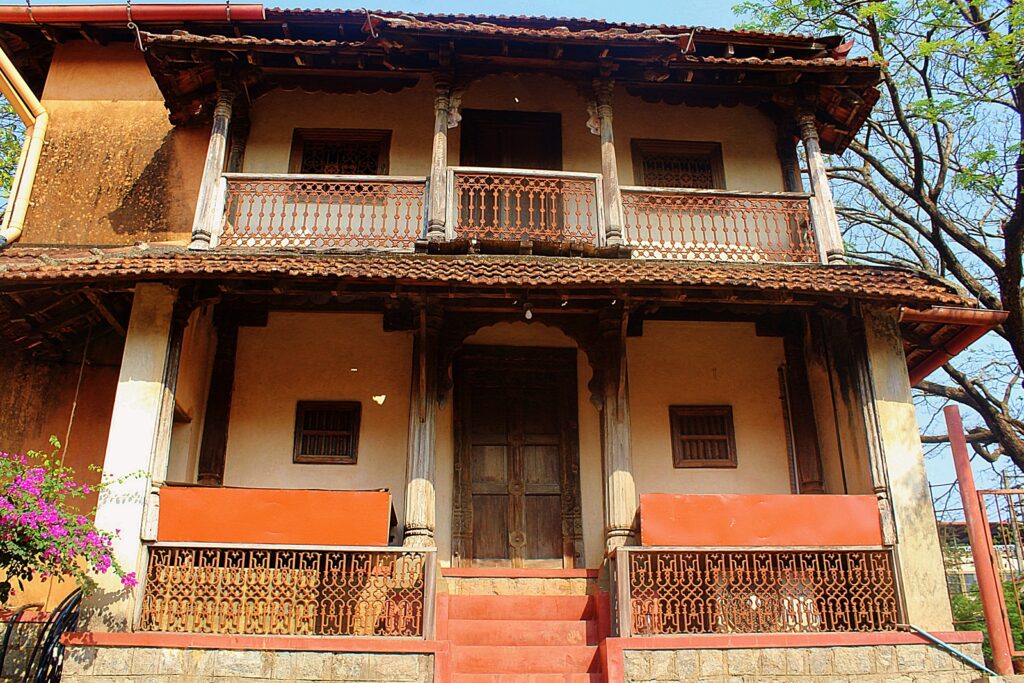
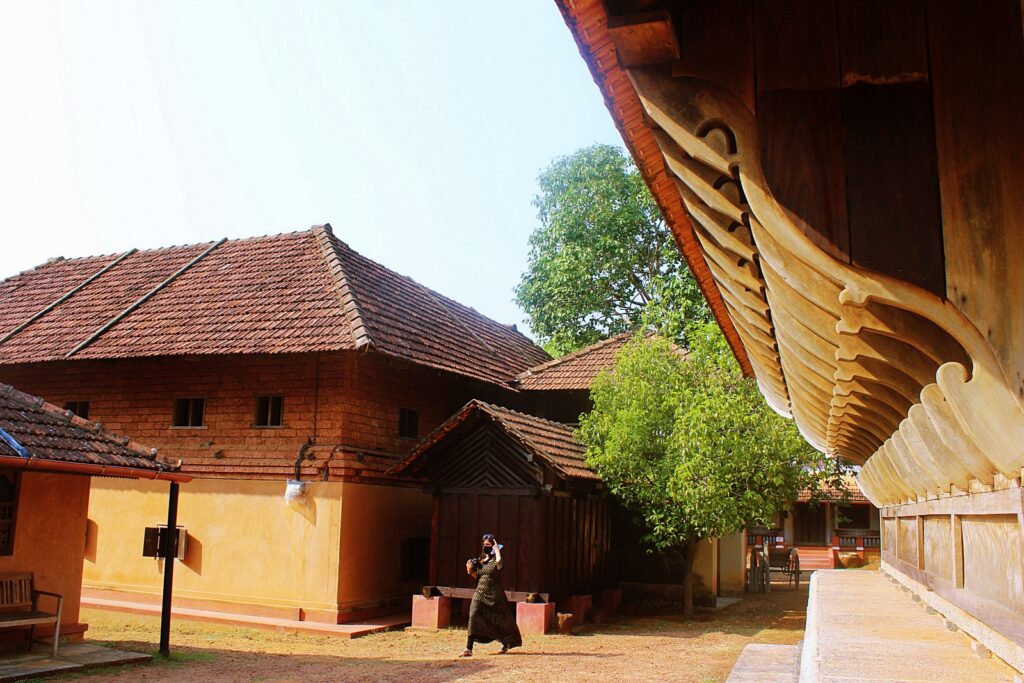
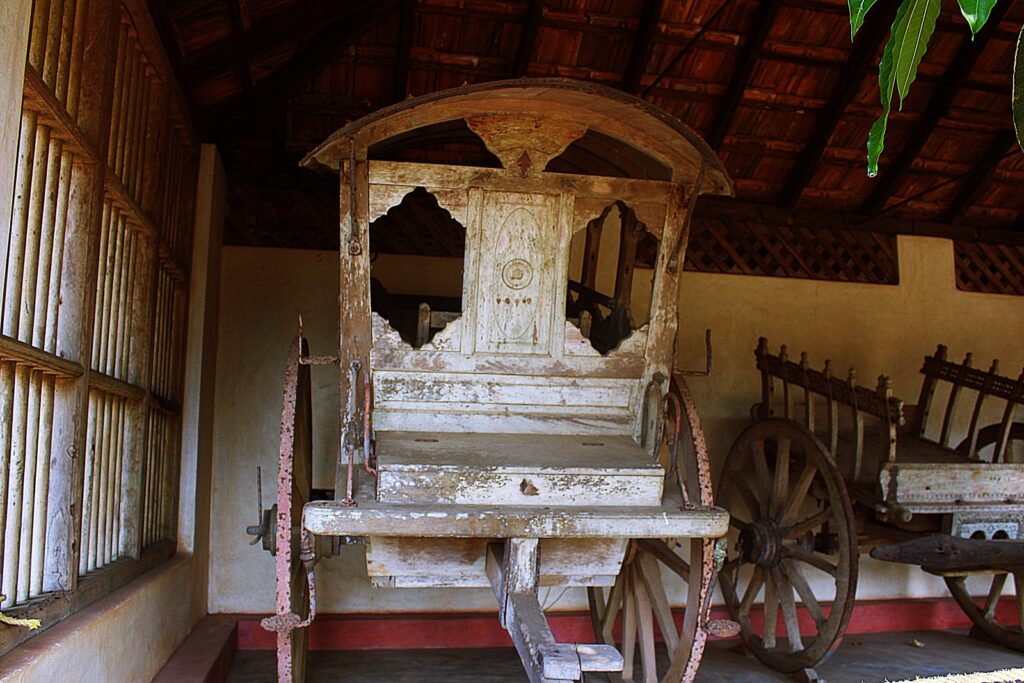
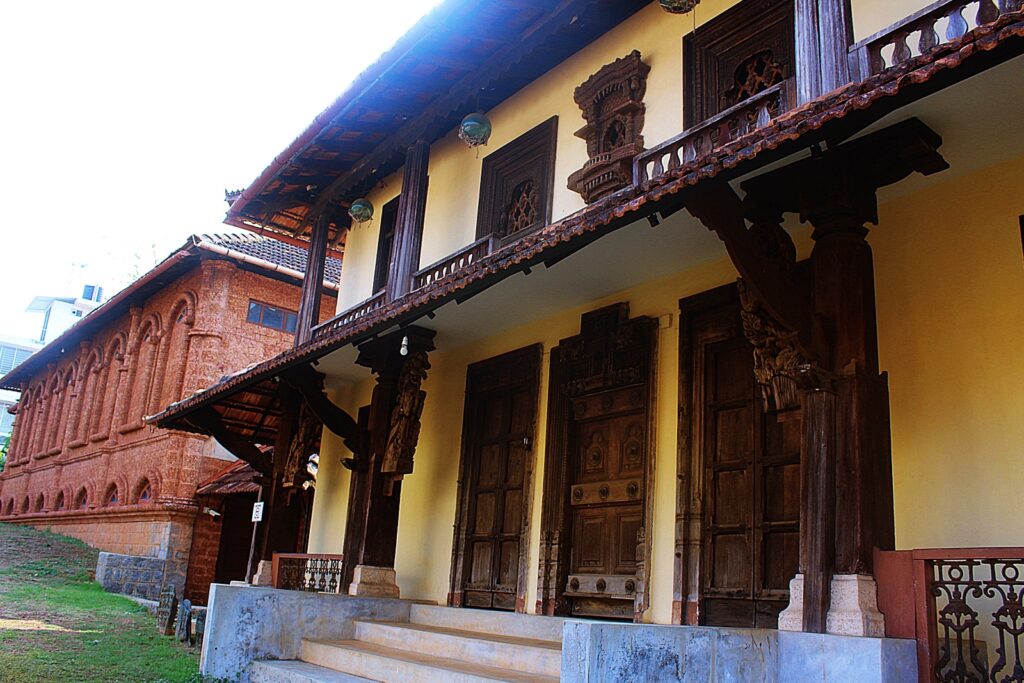
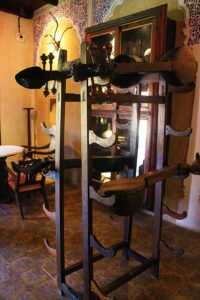
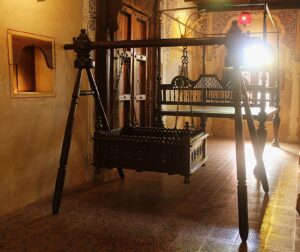
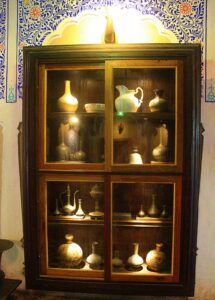
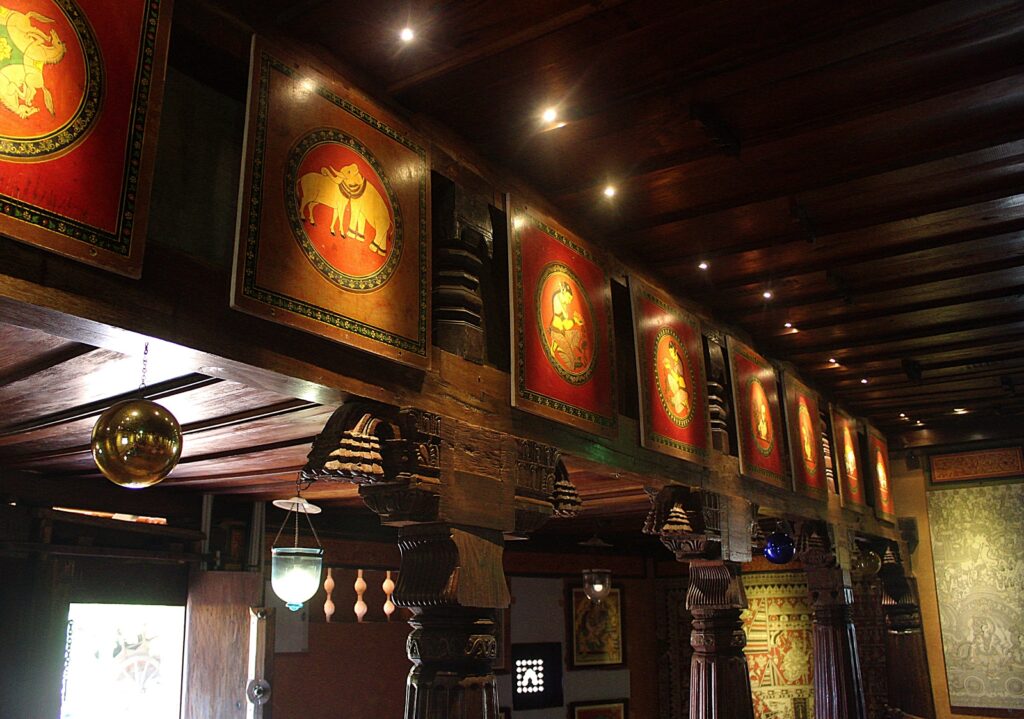
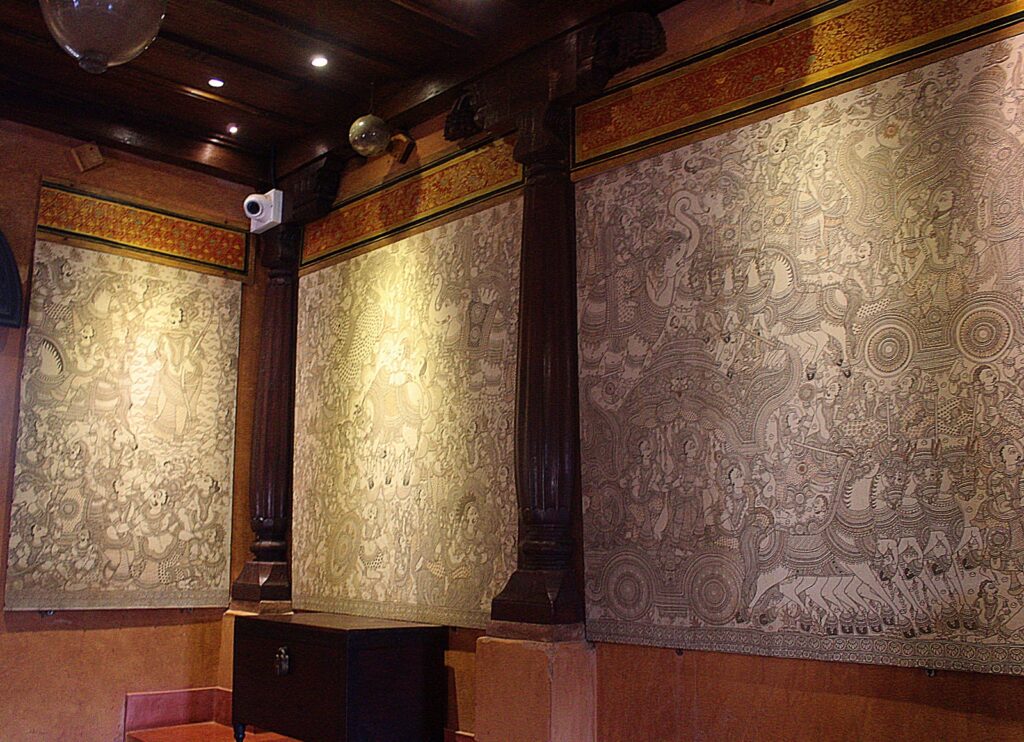
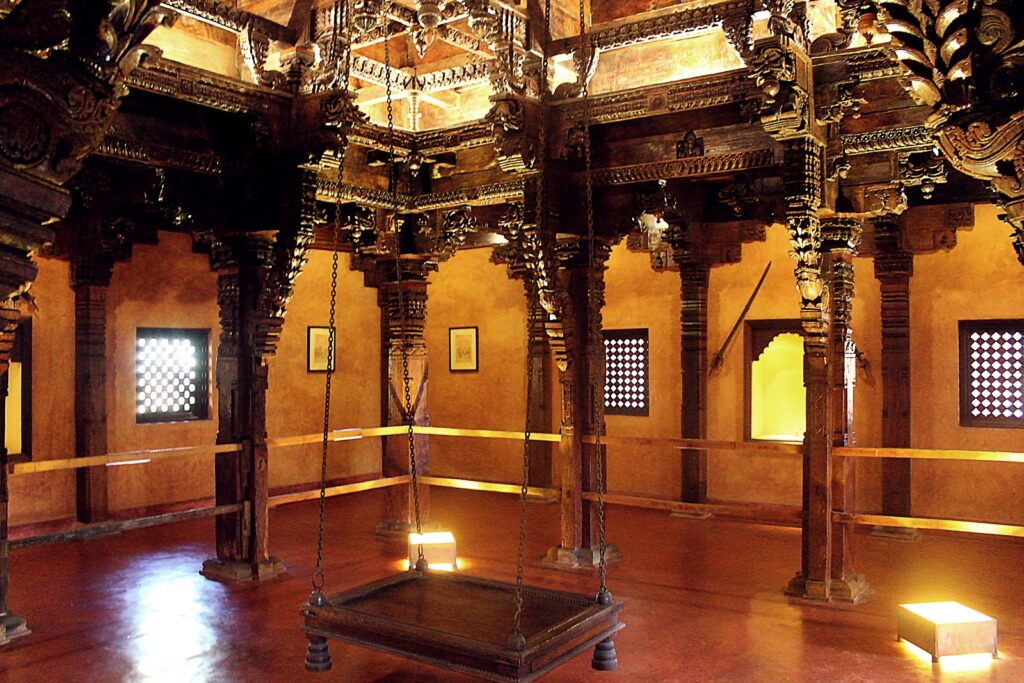
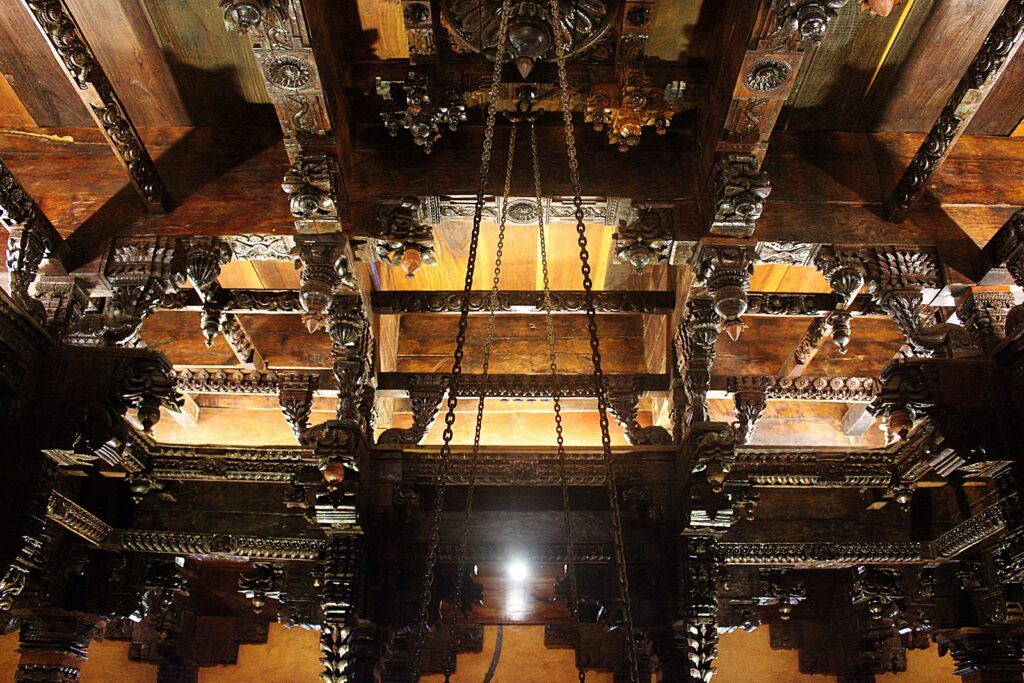
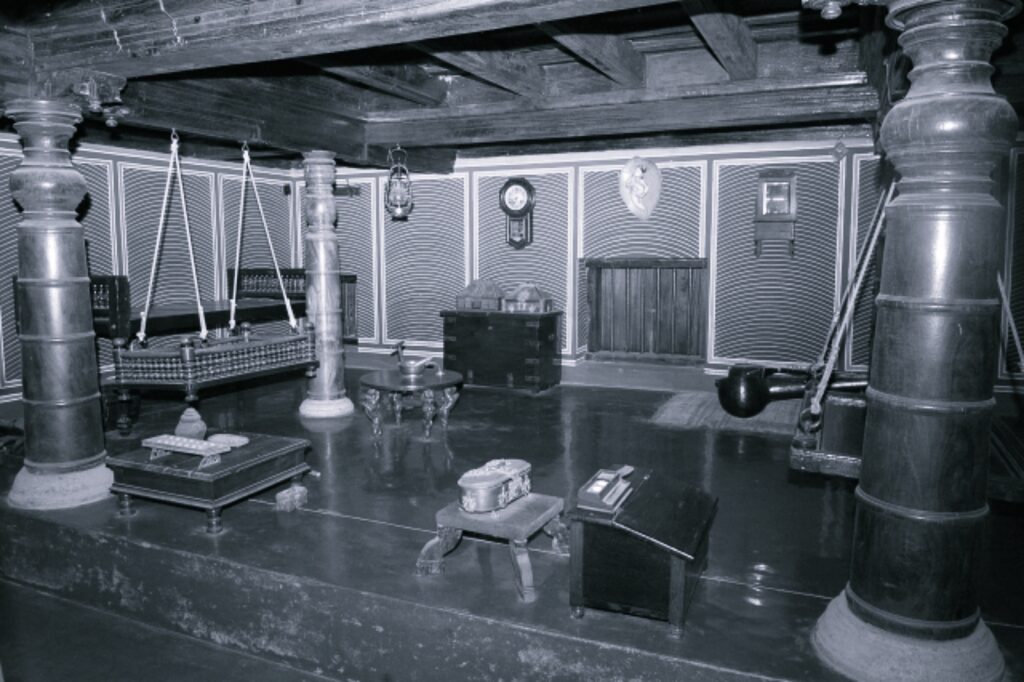
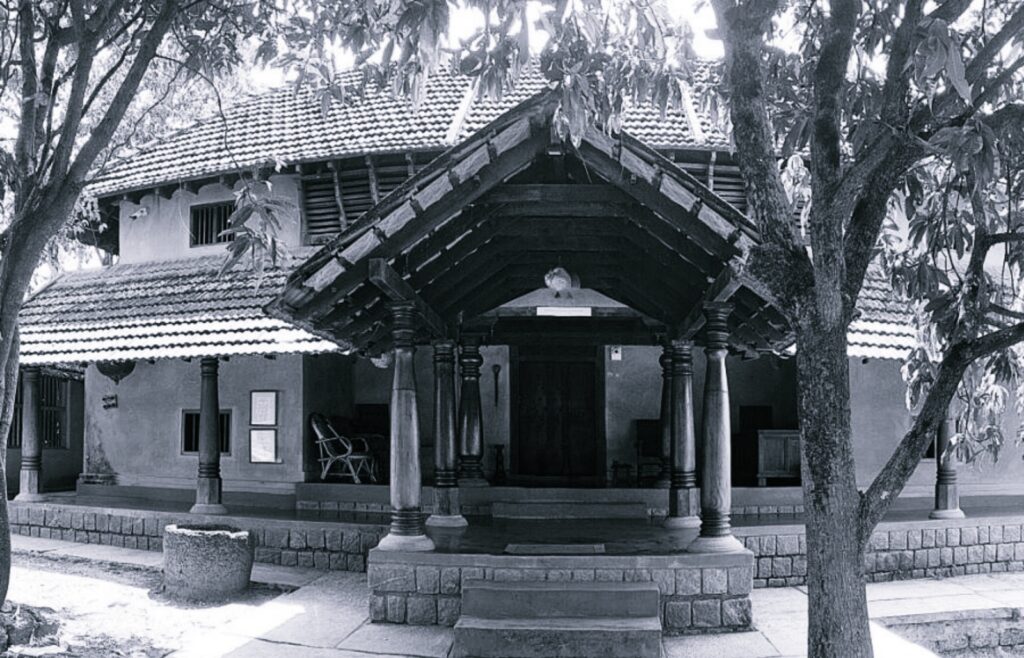
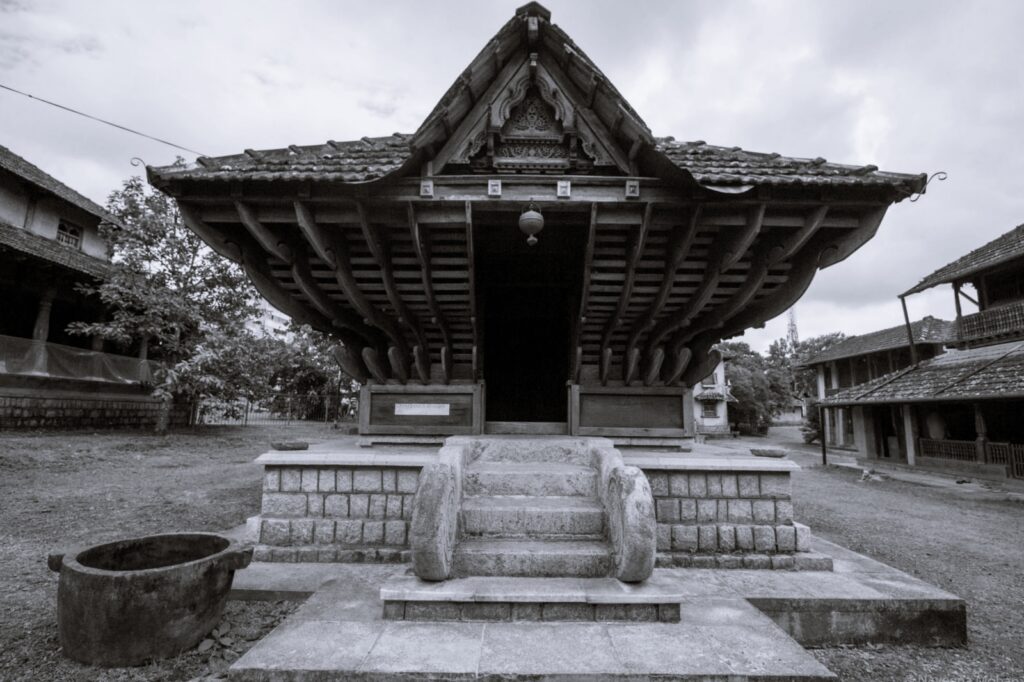
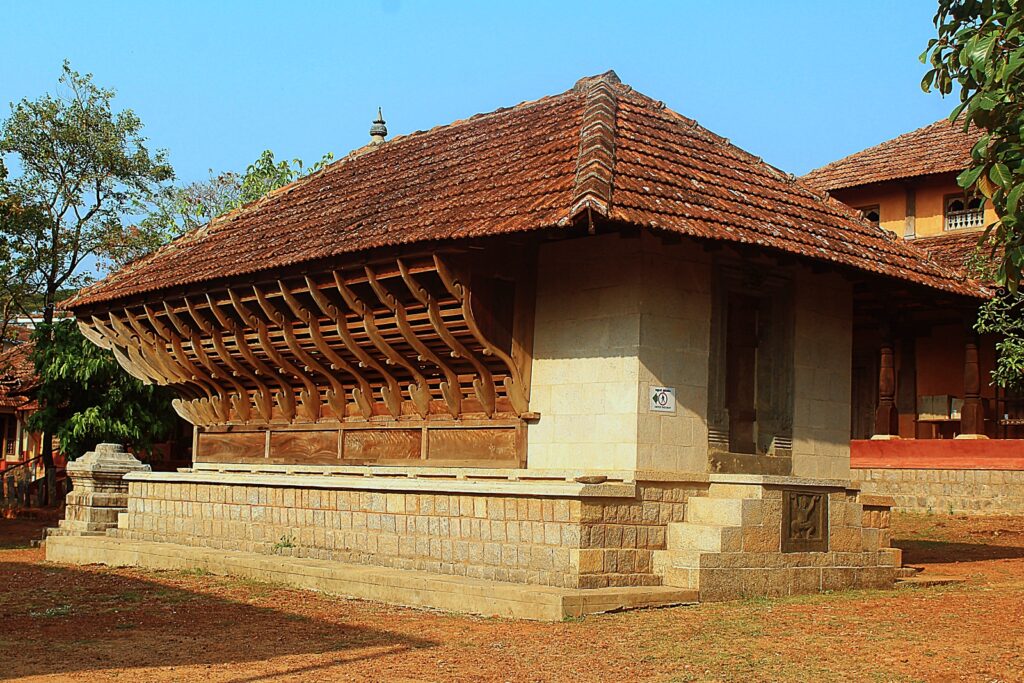
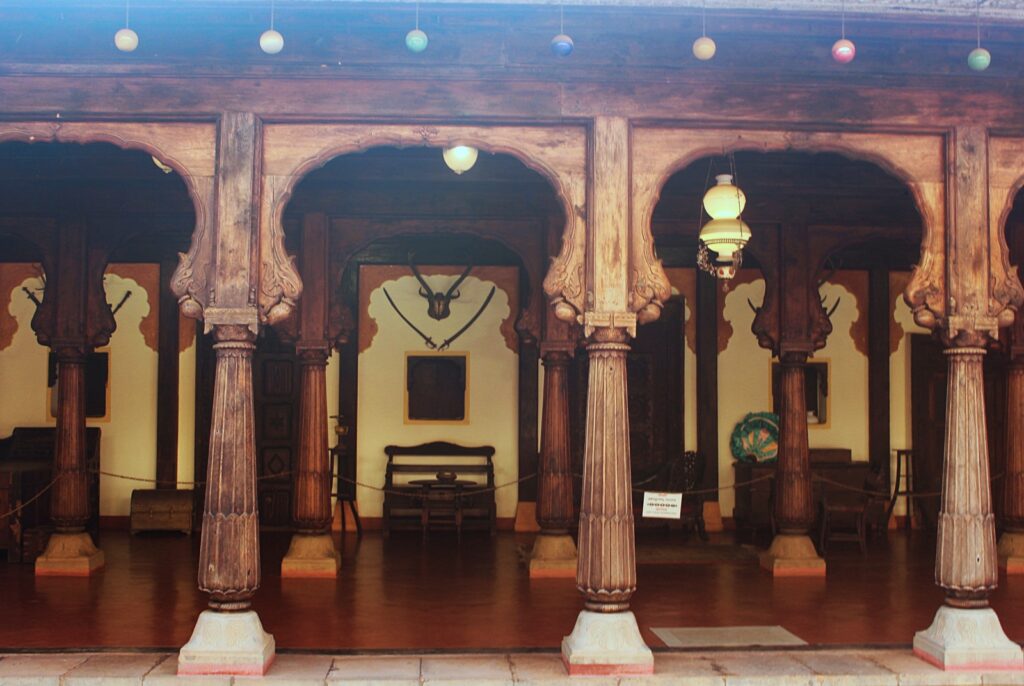
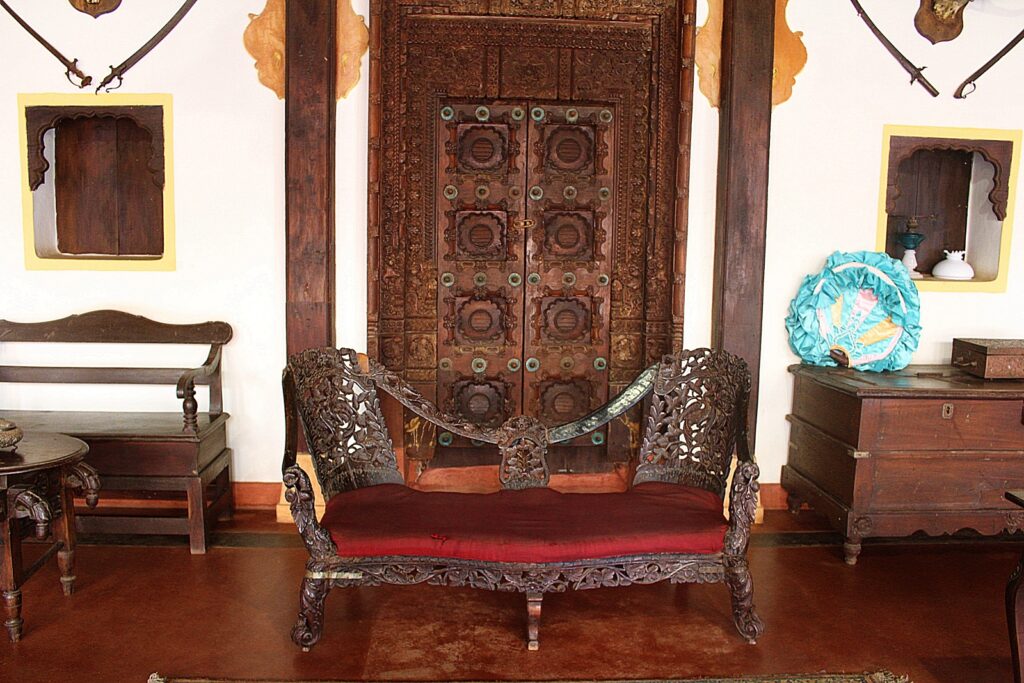
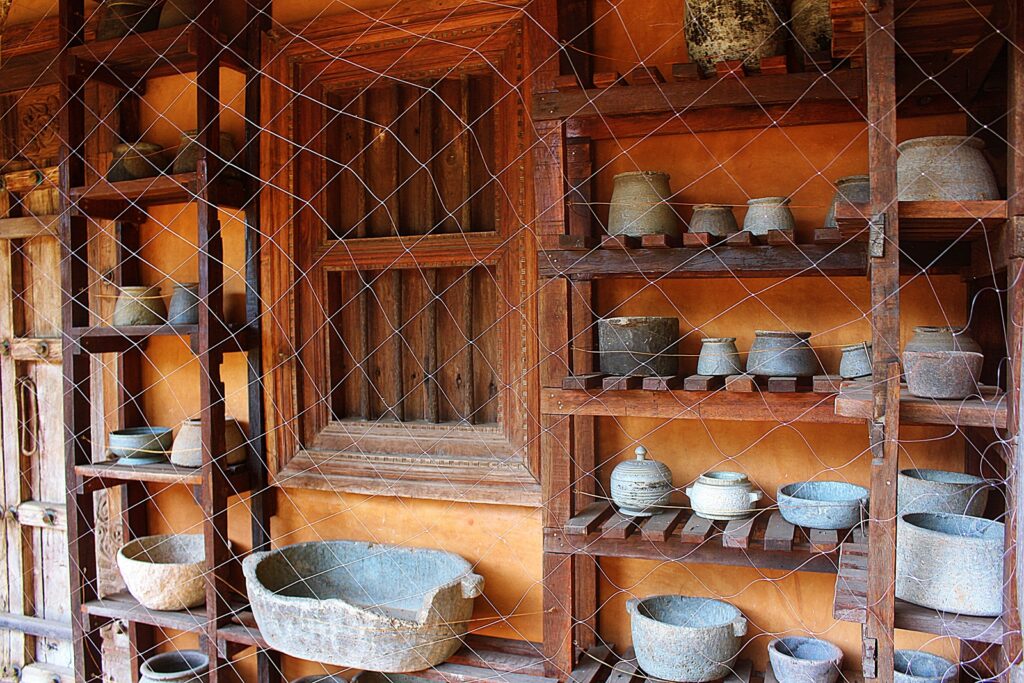
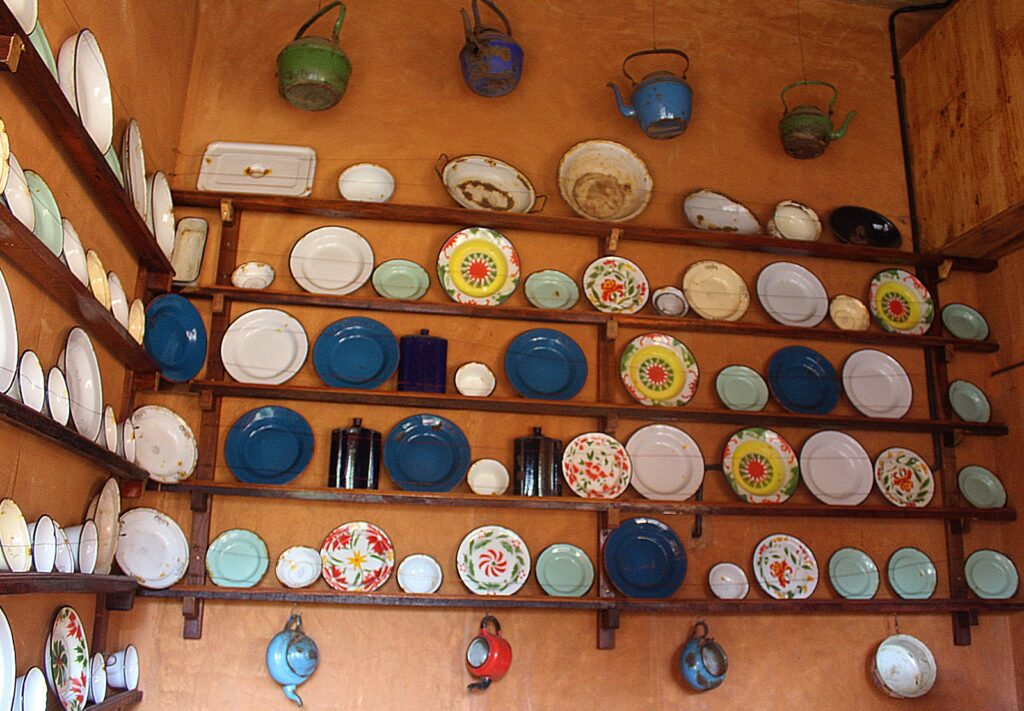
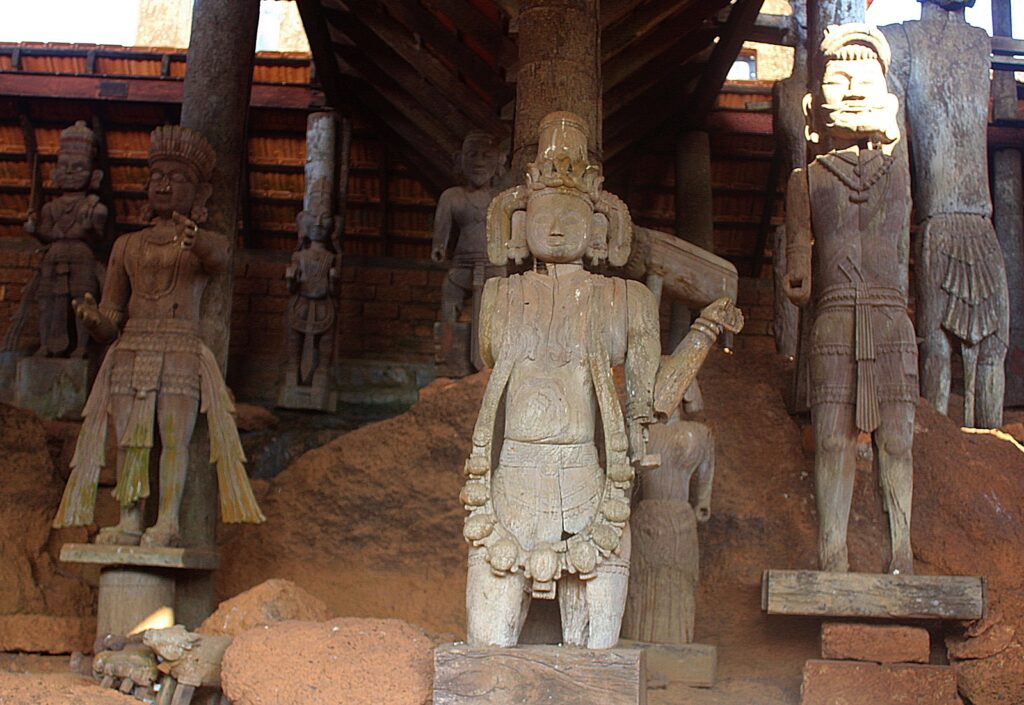
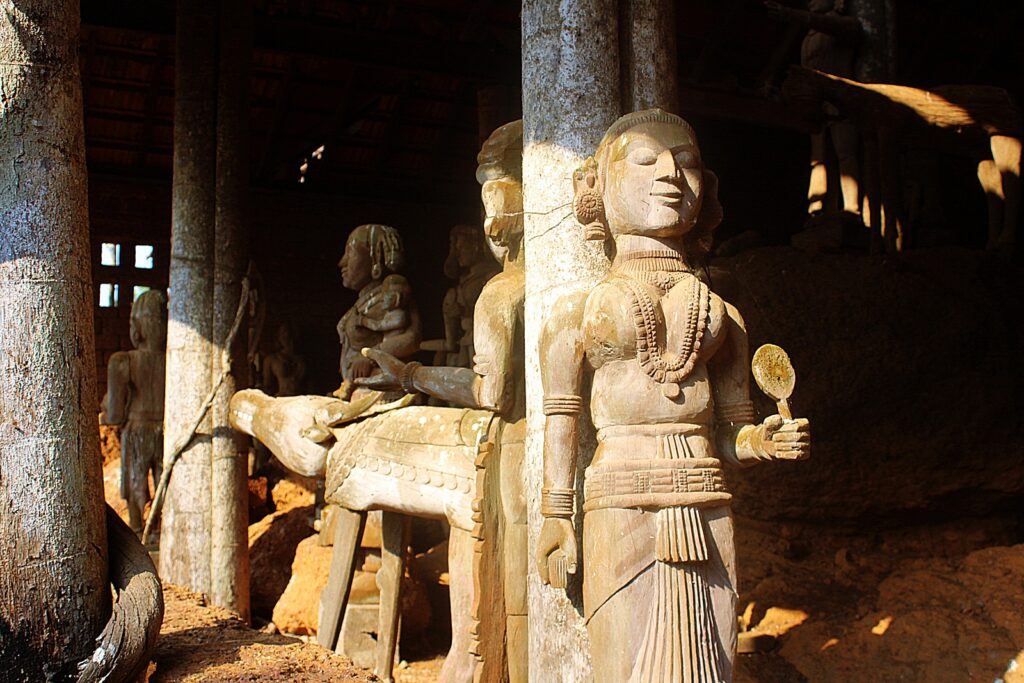
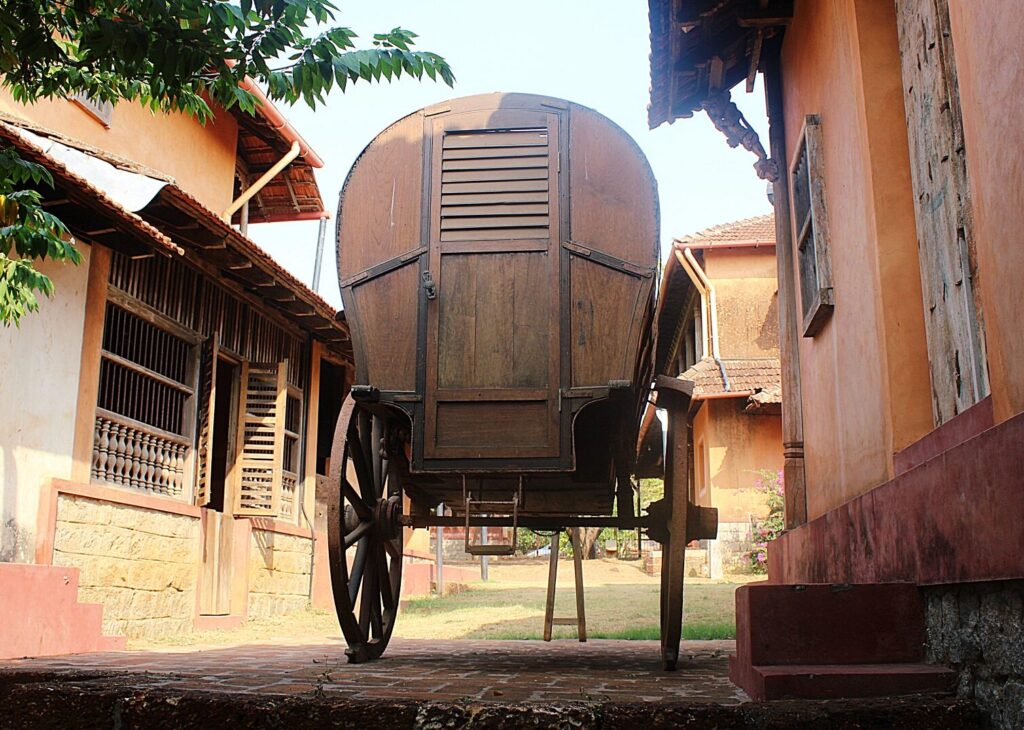
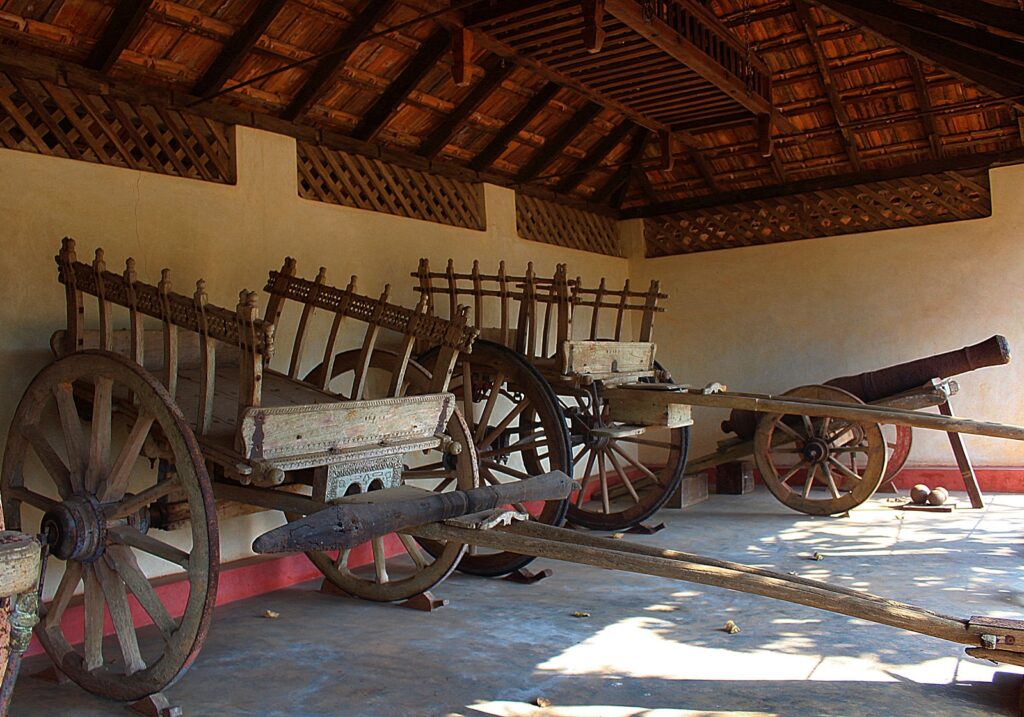



The heritage village looks interesting! I’m sure the experience of strolling through it and admiring the heritage must have been fun.
Would love to visit it.
What an interesting find!